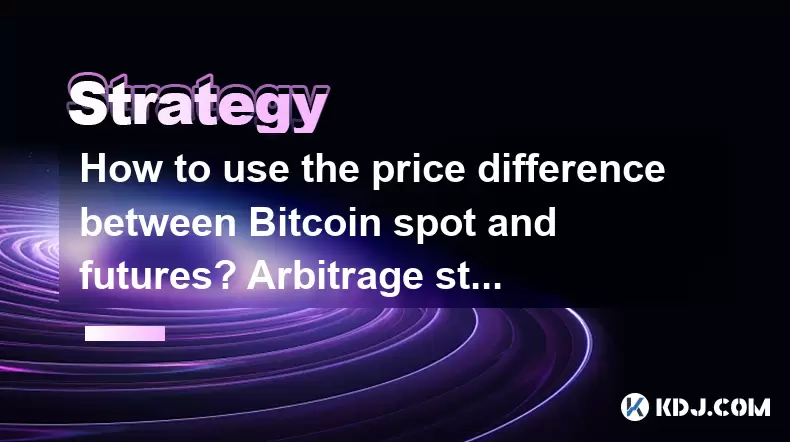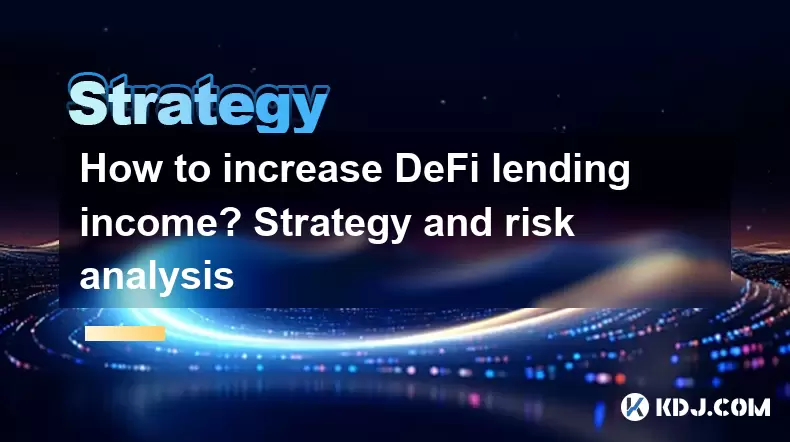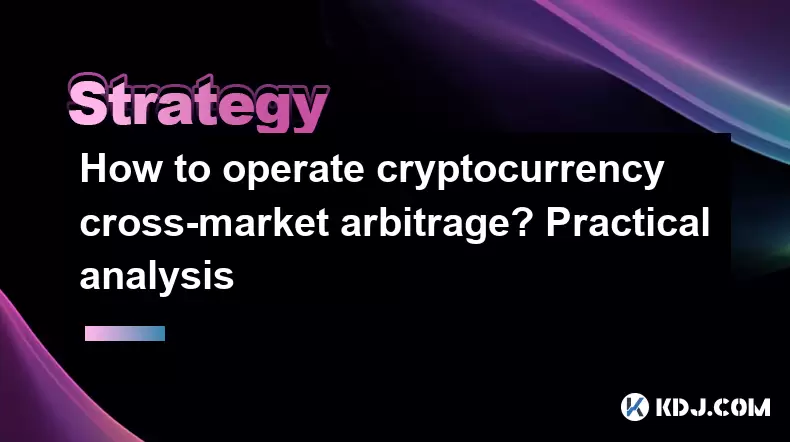-
 Bitcoin
Bitcoin $106,722.7227
-0.34% -
 Ethereum
Ethereum $2,418.3544
0.14% -
 Tether USDt
Tether USDt $1.0003
0.02% -
 XRP
XRP $2.1184
-2.95% -
 BNB
BNB $643.5763
-0.05% -
 Solana
Solana $142.5578
-1.03% -
 USDC
USDC $0.9997
-0.02% -
 TRON
TRON $0.2712
0.04% -
 Dogecoin
Dogecoin $0.1597
-2.44% -
 Cardano
Cardano $0.5543
-2.66% -
 Hyperliquid
Hyperliquid $37.0573
-0.79% -
 Bitcoin Cash
Bitcoin Cash $491.8819
2.16% -
 Sui
Sui $2.6348
-4.78% -
 Chainlink
Chainlink $13.0863
0.02% -
 UNUS SED LEO
UNUS SED LEO $9.0041
0.08% -
 Stellar
Stellar $0.2352
-2.73% -
 Avalanche
Avalanche $17.2314
-2.32% -
 Toncoin
Toncoin $2.8089
-1.45% -
 Shiba Inu
Shiba Inu $0.0...01124
-2.47% -
 Litecoin
Litecoin $84.5273
0.15% -
 Hedera
Hedera $0.1446
-4.17% -
 Monero
Monero $313.6797
0.09% -
 Dai
Dai $0.9998
-0.01% -
 Ethena USDe
Ethena USDe $0.9999
-0.03% -
 Polkadot
Polkadot $3.3013
-1.98% -
 Bitget Token
Bitget Token $4.4786
2.50% -
 Uniswap
Uniswap $6.8362
-1.43% -
 Pi
Pi $0.5605
-12.40% -
 Pepe
Pepe $0.0...09242
-4.79% -
 Aave
Aave $252.8934
-2.23%
Techniques for swing trading with leverage in currency speculation
Leverage in currency speculation amplifies profit potential and buying power but also magnifies losses, necessitating meticulous risk management for successful swing trading.
Jan 11, 2025 at 12:34 pm

Techniques for Swing Trading with Leverage in Currency Speculation
Key Points:
- Leverage: Understanding its Benefits and Risks
- Identifying Swing Trading Opportunities
- Selecting the Right Currency Pairs
- Risk Management for Leveraged Trading
- Trade Execution: Entering, Managing, and Exiting Positions
- Monitoring and Adjusting Strategies
- Enhancements with Technical Indicators
Understanding Leverage: Benefits and Risks
Leverage is a financial instrument that allows traders to multiply their trading capital, magnifying potential profits. However, it also amplifies losses.
Benefits of Leverage:
- Increased buying power, enabling traders to control larger positions with limited capital.
- Enhanced profit potential, allowing traders to make substantial gains with smaller price movements.
Risks of Leverage:
- Magnified losses: Leverage can exacerbate losses beyond the initial capital invested.
- Margin calls: Brokers may require traders to deposit additional funds (margin) if losses erode their trading account's equity.
- Forced liquidations: In extreme market conditions, brokers may liquidate leveraged positions to protect their own risk.
Identifying Swing Trading Opportunities
Swing trading involves capturing price fluctuations that occur over a period of days to weeks. Identifying these opportunities requires a thorough understanding of market trends and technical analysis techniques.
- Trend Identification: Swing traders identify prevailing market trends by observing price action, moving averages, and support and resistance levels.
- Technical Indicators: Candlestick patterns, oscillators (e.g., RSI, MACD), and trendlines provide additional insights into potential swing trading opportunities.
- Market Events: Major economic announcements, political events, and natural disasters can create significant price swings.
Selecting the Right Currency Pairs
Currency pairs have distinct trading characteristics, influencing their suitability for swing trading with leverage.
- Volatility: Pairs with high volatility offer greater profit potential but also increased risk.
- Liquidity: Liquid pairs ensure easy entry and exit from trades, minimizing slippage and execution delays.
- Correlation: Currency pairs that are positively correlated exhibit similar price movements, limiting profit potential from simultaneous trades.
Risk Management for Leveraged Trading
Leveraged trading requires meticulous risk management to mitigate potential losses.
- Leverage Ratio: Determine an appropriate leverage ratio based on risk tolerance, trading strategy, and market conditions.
- Stop-Loss Orders: Place stop-loss orders at predefined price levels to limit potential losses.
- Position Sizing: Calculate an appropriate position size that aligns with the leverage ratio and risk management strategy.
- Trailing Stops: Adjust stop-loss levels as positions move in the desired direction.
Trade Execution: Entering, Managing, and Exiting Positions
Precision and discipline are crucial during trade execution.
- Entry Strategies: Use technical indicators and chart patterns to identify optimal entry points.
- Position Monitoring: Regularly monitor open positions and adjust risk management parameters as needed.
- Profit Targets: Determine profit targets based on technical analysis and risk tolerance.
- Trailing Stops: Trail stop-loss orders behind the price to lock in profits and protect realized gains.
Monitoring and Adjusting Strategies
Regular market monitoring and strategy adjustments are essential for successful swing trading.
- News and Market Analysis: Keep abreast of economic news and market developments that may impact currency pairs.
- Technical Analysis Review: Re-evaluate technical indicators and price patterns to confirm or adjust trading strategies.
- Risk-Reward Assessment: Regularly assess the potential risks and rewards associated with open positions and make necessary adjustments.
- Performance Evaluation: Track trading performance, identify areas for improvement, and refine strategies over time.
Enhancements with Technical Indicators
Technical indicators provide valuable insights for swing traders.
- Moving Averages: Smoothing price data to identify trends and potential trading opportunities.
- Oscillators: Measuring overbought and oversold conditions to identify potential reversals.
- Candlesticks: Detailed price action analysis through visual patterns, providing information on price movements, sentiment, and momentum.
FAQs on Swing Trading with Leverage in Currency Speculation
Q: What is an appropriate leverage ratio for swing trading currencies?
A: It depends on risk tolerance and trading strategy, but commonly used ratios for swing trading range from 5:1 to 20:1.
Q: What time frame is best for swing trading with leverage?
A: Swing trades typically span a few days to several weeks, allowing traders to leverage price movements without holding positions for extended periods.
Q: What are common entry strategies for swing trading with leverage?
A: Fibonacci levels, moving averages crossovers, and candlestick patterns are commonly used entry strategies for swing traders.
Q: How can traders prevent overleveraging?
A: Traders should determine a risk tolerance and leverage ratio that aligns with their financial capacity and trading strategy. It is crucial to avoid using excessive leverage.
Disclaimer:info@kdj.com
The information provided is not trading advice. kdj.com does not assume any responsibility for any investments made based on the information provided in this article. Cryptocurrencies are highly volatile and it is highly recommended that you invest with caution after thorough research!
If you believe that the content used on this website infringes your copyright, please contact us immediately (info@kdj.com) and we will delete it promptly.
- Ethereum Whale Moves, Pi Network's Progress, and the Altcoin Surge: What's the Buzz?
- 2025-06-26 22:50:11
- Real World Assets (RWA): Riding the Blockchain Revolution Wave
- 2025-06-26 23:30:12
- Kaspa's Crypto Surge: Riding Market Strength to New Heights
- 2025-06-26 23:10:12
- ONDO Price Primed for Takeoff: Support Bounce Signals Bullish Surge
- 2025-06-26 22:27:13
- Sui Price Prediction: Will the SUI Drop Lead to a Rebound?
- 2025-06-26 23:50:12
- Pi Network: Decoding the Price Growth and Real Demand
- 2025-06-26 23:10:12
Related knowledge

What are the skills of Bitcoin option hedging? Practical case sharing
Jun 24,2025 at 04:01pm
Understanding Bitcoin Option HedgingBitcoin option hedging is a risk management strategy used by traders and investors to protect their positions in the volatile cryptocurrency market. By using options, individuals can limit potential losses while retaining the opportunity for profit. In essence, it allows one to insulate against adverse price movements...

How to use the price difference between Bitcoin spot and futures? Arbitrage strategy
Jun 20,2025 at 02:56pm
Understanding Bitcoin Spot and Futures MarketsTo effectively leverage arbitrage opportunities between Bitcoin spot and futures markets, it's essential to understand the fundamental differences between these two types of markets. The spot market refers to the direct buying and selling of Bitcoin for immediate delivery at the current market price. In cont...

How to increase DeFi lending income? Strategy and risk analysis
Jun 24,2025 at 02:08pm
Understanding DeFi Lending and Its Income PotentialDeFi (Decentralized Finance) lending has emerged as a popular way to earn passive income in the cryptocurrency space. Unlike traditional banking systems, DeFi lending platforms allow users to lend their crypto assets directly to borrowers without intermediaries. The lenders earn interest based on the su...

How to operate cryptocurrency cross-market arbitrage? Practical analysis
Jun 23,2025 at 04:01am
Understanding Cryptocurrency Cross-Market ArbitrageCryptocurrency cross-market arbitrage involves taking advantage of price differences for the same digital asset across different exchanges. The core idea is to buy low on one exchange and sell high on another, capturing the profit from the discrepancy. This strategy relies heavily on real-time market da...

How to make profits from high-frequency cryptocurrency trading? Sharing core skills
Jun 19,2025 at 05:07pm
Understanding High-Frequency Cryptocurrency TradingHigh-frequency trading (HFT) in the cryptocurrency market involves executing a large number of trades at extremely fast speeds, often within milliseconds. This method relies on small price discrepancies across exchanges or within a single exchange’s order book. Traders use complex algorithms and ultra-l...

What are the methods of cryptocurrency quantitative trading? Detailed analysis
Jun 22,2025 at 11:07pm
Understanding the Core of Cryptocurrency Quantitative TradingCryptocurrency quantitative trading refers to the use of mathematical models and algorithms to execute trades in the digital asset market. Unlike traditional discretionary trading, which relies heavily on human judgment, quantitative trading leverages data-driven strategies to identify profita...

What are the skills of Bitcoin option hedging? Practical case sharing
Jun 24,2025 at 04:01pm
Understanding Bitcoin Option HedgingBitcoin option hedging is a risk management strategy used by traders and investors to protect their positions in the volatile cryptocurrency market. By using options, individuals can limit potential losses while retaining the opportunity for profit. In essence, it allows one to insulate against adverse price movements...

How to use the price difference between Bitcoin spot and futures? Arbitrage strategy
Jun 20,2025 at 02:56pm
Understanding Bitcoin Spot and Futures MarketsTo effectively leverage arbitrage opportunities between Bitcoin spot and futures markets, it's essential to understand the fundamental differences between these two types of markets. The spot market refers to the direct buying and selling of Bitcoin for immediate delivery at the current market price. In cont...

How to increase DeFi lending income? Strategy and risk analysis
Jun 24,2025 at 02:08pm
Understanding DeFi Lending and Its Income PotentialDeFi (Decentralized Finance) lending has emerged as a popular way to earn passive income in the cryptocurrency space. Unlike traditional banking systems, DeFi lending platforms allow users to lend their crypto assets directly to borrowers without intermediaries. The lenders earn interest based on the su...

How to operate cryptocurrency cross-market arbitrage? Practical analysis
Jun 23,2025 at 04:01am
Understanding Cryptocurrency Cross-Market ArbitrageCryptocurrency cross-market arbitrage involves taking advantage of price differences for the same digital asset across different exchanges. The core idea is to buy low on one exchange and sell high on another, capturing the profit from the discrepancy. This strategy relies heavily on real-time market da...

How to make profits from high-frequency cryptocurrency trading? Sharing core skills
Jun 19,2025 at 05:07pm
Understanding High-Frequency Cryptocurrency TradingHigh-frequency trading (HFT) in the cryptocurrency market involves executing a large number of trades at extremely fast speeds, often within milliseconds. This method relies on small price discrepancies across exchanges or within a single exchange’s order book. Traders use complex algorithms and ultra-l...

What are the methods of cryptocurrency quantitative trading? Detailed analysis
Jun 22,2025 at 11:07pm
Understanding the Core of Cryptocurrency Quantitative TradingCryptocurrency quantitative trading refers to the use of mathematical models and algorithms to execute trades in the digital asset market. Unlike traditional discretionary trading, which relies heavily on human judgment, quantitative trading leverages data-driven strategies to identify profita...
See all articles
























































































